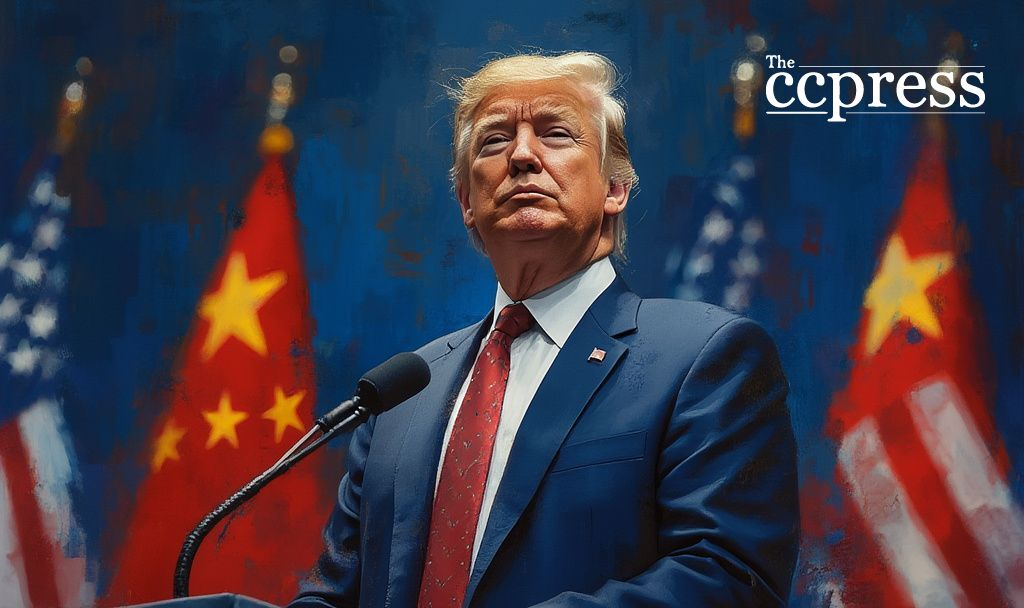- Trump’s trade deal lowers tariffs and reduces tensions.
- US-China tariffs reduced by 115%.
- Trade practices reset, marking economic shift.

The U.S.-China trade agreement signifies a pivotal move, impacting global markets and reducing trade tensions rapidly.
President Donald Trump announced a new trade agreement with China, involving a substantial tariff reduction. The agreement, made in Geneva, catapults U.S.-China relations into a new economic phase.
Negotiations led by Trump included Treasury Secretary Scott Bessent and Trade Representative Jamieson Greer. Both United States and China agreed to reduce tariffs by 115%, affecting global trade dynamics profoundly.
The deal aims to stabilize economic relations, lifting previously imposed trade barriers. Observers expect markets to respond positively, as the deal lowers tensions significantly. According to Scott Bessent, “We have reached an agreement on a 90-day pause and substantially moved down the tariff levels — both sides, on the reciprocal tariffs, will move their tariffs down 115%.”
Financially, the agreement promises to improve flows, boost mutual economic growth, and integrate industrial supply chains. Politically, it signifies a thaw in recent hostilities.
This trade pact is expected to usher in regulatory and technological changes, fostering innovation and sustainable economic links between the world’s two largest economies.
| Disclaimer: The content on The CCPress is provided for informational purposes only and should not be considered financial or investment advice. Cryptocurrency investments carry inherent risks. Please consult a qualified financial advisor before making any investment decisions. |






























